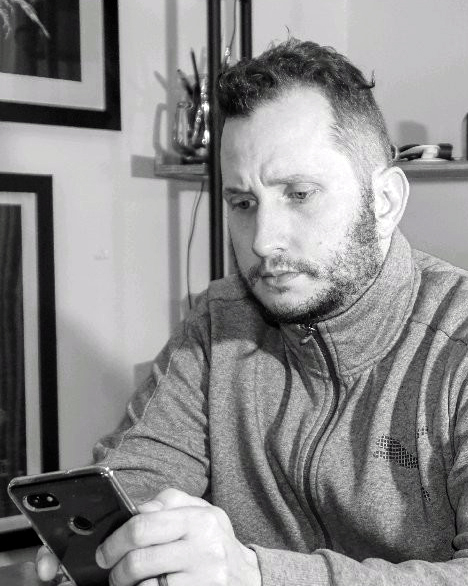
Interview with Michalis A. Michael, CEO of DigitalMR, a tech company in AI powered data analytics in the UK.
Hi Michalis, what is included in your current role at DigitalMR, and what is your background?
We are a remote first company, so even before the pandemic, we only worked from the office once a week, with the rest of the days spent working from home. I start my mornings dealing with the most pressing tasks. Afterwards, I provide my daily slack update and read everyone else’s, which is followed by two daily stand-up calls with the teams. After that, I focus on my main job responsibilities, sales and fundraising.
My academic background includes a Masters in Aerospace Engineering from the TU Berlin, multiple executive education courses/seminars at Harvard Business School and one at LBS.
What makes DigitalMR different from other social intelligence companies?
Three things which make DigitalMR different from other social intelligence companies; the first being our higher accuracy for sentiment and topic annotation in any language.
The second feature that sets us apart is our hybrid team, which consists not only of software engineers and data scientists, but also market researchers/insights experts. Our solutions are for the market research industry mainly, which is why we need to have researchers talking to researchers.
Third is our proprietary machine learning model for emotion annotation, and our deep learning capability to analyse images by creating a textual caption, extracting text and identifying logos as a result of a strong R&D DNA.
The most important thing about social intelligence is to know the accuracy of annotation of machine learning algorithms and being able to gauge how to make decisions that will be beneficial as opposed to harmful. After all - garbage in garbage out no matter how beautiful the dashboard for data visualization is.
Have you recently, or do you plan to, release any new technology-based solutions that will add to or improve the services you offer your clients?
We have recently developed and released a new composite metric called the Social Brand Performance Evaluation Score (SBPS). This is a metric from zero to one which combines buzz, net sentiment score and engagement metrics among other proprietary metrics. For the first time ever, this enables brands to benchmark their campaigns against any competitor or best in class.
From your experience, is there a particular case you can share where media intelligence truly made a crucial difference for a client’s business?
A telecoms provider was able to find explanations of the Net Promoter Score fluctuations in their monthly tracking survey by correlating it with our trademarked Net Sentiment Score. By doing qualitative analysis of what was actually posted online, the company was able to understand why NPS was fluctuating up or down.
What data or media in regards to consumer insights and social intelligence that is not used today could be interesting to explore in the future?
WhatsApp messages/groups with permissions, other peer to peer communication networks, Snapchat, and in some cases, the Darknet because clients are asking for them.
How do you think the media monitoring industry will change in the next 5 years; and what are the greatest challenges ahead?
Social media will become even more prevalent at the expense of offline media. The challenge is the behaviour of data owners, such as Twitter and Facebook.
By Renata Ilitsky


